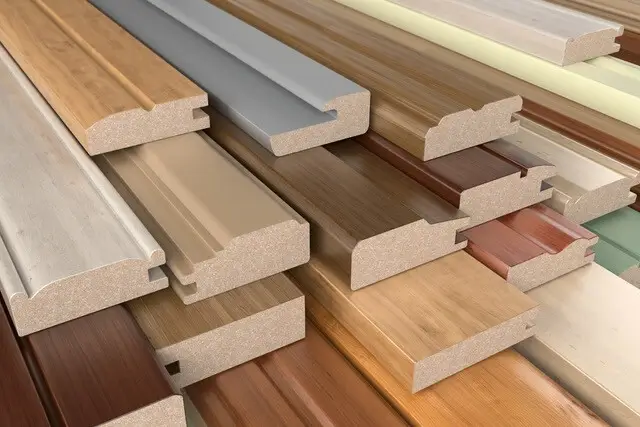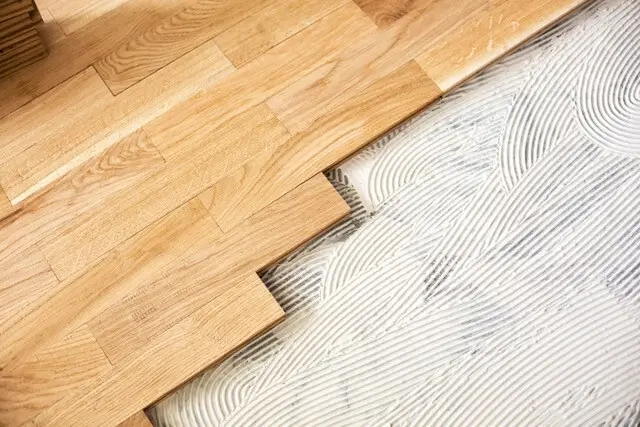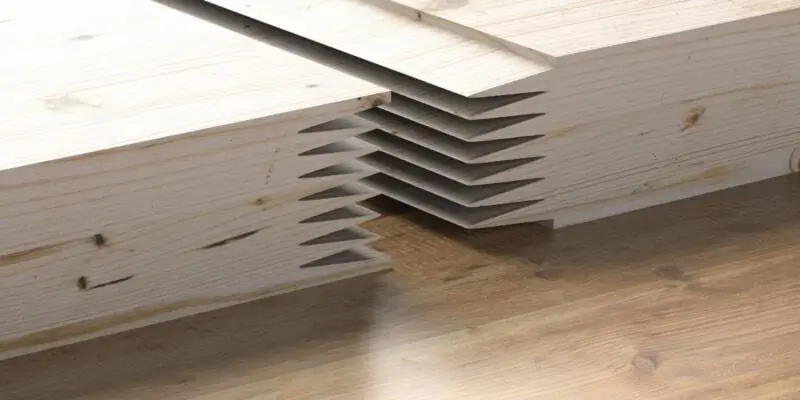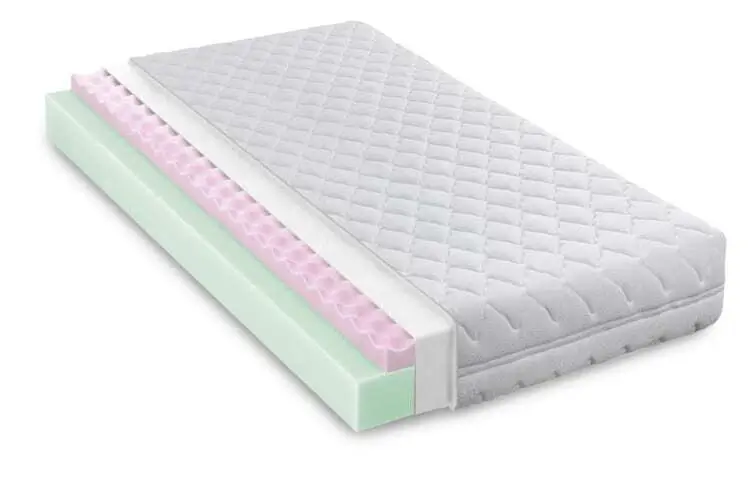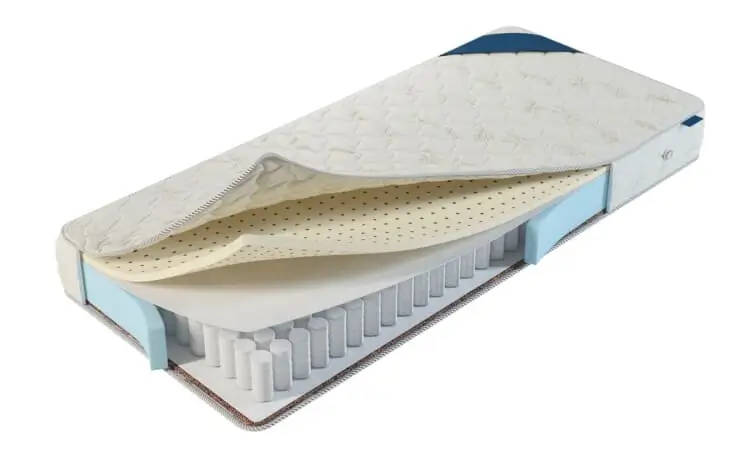Foam bonding adhesive across industries
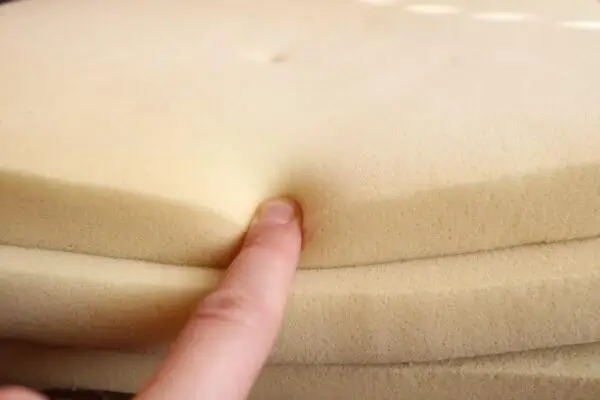
Gluing foam with foam bonding adhesives
Many industries deal with foam bonding as a part of manufacturing and construction processes. Foam bonding refers to forming bonds between multiple foams or foams and other materials. This is realized by applying foam bonding adhesives or glues which create bonds foam to foam or foam to other materials such as metals, plastics, wood and fabric.
Industries, where foam bonding adhesives are applied include for instance upholstery in furniture making, mattress and pillow manufacturing as well as seating in vehicle manufacturing. In this article we will take a closer look at the different types of foam adhesive as well as the foam processing applications they make possible.
Different types of foam adhesive systems
Every foam processing application is unique and requires a specific foam bonding adhesive. The choice of what adhesive to use for foam should be based on the product requirements, the application method and the overall process. Foam glue can remarkably improve efficiency when the right combination of these factors is found. The foam adhesives are suitable for batch, unit and mass production.
Here the types of foam bonding adhesives are introduced based on the different chemistries enabling them.
Water based adhesive for foam
Description: Water based adhesives are free of solvents and cure when the water evaporates. The curing process can also be forced leading to instant setting, making the application even faster and the overall process controllable. Fast curing water based adhesive for foam is especially beneficial for the mattress industry as it is safe and user friendly as well as allowing for increased production efficiency.
Application: The water based systems are versatile in terms of application methods: the most common method is spraying, but others such as beads and roll coating are possible in foam bonding applications. Water based foam glue is effective also as an adhesive for foam to foam.
Advantages: As these systems do not contain solvents, they are eco and user friendly releasing no odors at all. Therefore, they are suitable for example for applications in the mattress industry. They form bonds which may not be the greatest in strength, but more than suffice in flexibility. This type of flexible glue for foam is required for example in furniture upholstery.
Disadvantages: Compared to alternative systems, waterborne adhesives normally cure rather slowly due to the speed of water evaporation. There is also a possibility of water remaining in the product and resulting into mold during storing. However, new technologies allow for faster, even immediately, curing foam adhesive products where the aforementioned risks are reduced to minimum.
Solvent based foam adhesive
Description: Systems based on solvents are strong foam bonding adhesives that use solvent as the carrying agent. These adhesives set when the solvent evaporates. Solvent based systems are common as both foam to foam adhesive and foam to other materials glue.
Application: Solvent based foam adhesives can be applied by roll coating, spraying or beads and dots.
Advantages: Where strength is required of the bond, a solvent based foam bonding adhesive is at its best. Newer solvent based, high solids adhesives are efficient by requiring less product for forming bonds. Due to the higher solid share, these foam adhesives contain less solvent, which makes them more environemntally and user friendly.
Disadvantages: Solvent based products generally have a reputation of being harmful for the environment. This is due to the curing process during which solvent fumes and adhesive residue come free requiring the applicators to wear protective clothing and masks. The risk for air contamination is lower when using products with high solid share.
Hot melt adhesive for foam bonding
Description: Hot melt adhesive is the new comer among foam bonding adhesives. These 100% solid adhesives are applied using heat and they cure when the heat dissipates. Hot melts are especially popular in the bonding foam in mattresses.
Application: Hot melt glue is almost predominantly applied by spray unless the solid share is reduced to about 75% allowing for a liquid state of matter. The liquidized hot melt foam adhesives can be rolled onto the substrate.
Advantages: The 100% solid hot melt adhesives bond foam to various substrates without involving any solvents: they are also an excellent adhesive for foam to foam bonding. The hot melt adhesive for foam also enables efficient application methods, cures fast and saves time and money.
Disadvantages: One disadvantage associated with hot melt products is that, while being a very flexible glue for foam, they may make cracking noises when being bent or otherwise moved. Technologies have been developed to eliminate the problem especially for the markets, where this matters: mattresses and furniture.
Beneficial characteristics of foam bonding adhesive
Depending on whether the foam glue is applied to insulating foam, upholstery foam or other foams, there are a number of characteristics that make the adhesives suitable. These include:
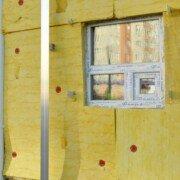
- Non yellowing: where the visual aspects play an important role, it is paramount that the foam adhesive does not start yellowing when time passes, but retains its original color.
Example: adhesives for upholstery in furniture making. - Flexible: in many cases the foam is flexible, meaning that also the foam bonding adhesive must adapt to the foam’s movements without cracking.
Example: upholstery and mattress foam bonding systems. - Heat resistant: some foam bonding glues are used for bonding acoustically or thermally insulating foam. These foam adhesives come into contact with heat that must not affect its adhesive properties.
Example: glues for polyurethane foam used for heat insulation. - User friendly: foam bonding adhesives are applied to products that are in everyday use, also in environments where safety is crucial. In those cases absolute user friendliness is required of the adhesives.
Example: adhesives and glues used in pillows, other foam processing applications for environments such as schools and hospitals.
Foam bonding adhesives can additionally have properties which are beneficial for the application process. These include the following:
- Long open times: when the foam glue is applied to the substrate, it does not start curing immediately, leaving time to properly position the substrates to be bonded.
- Instant curing: for some foam bonding applications it is crucial that the adhesive cures immediately and can be further processed and packaged without interruption.
- Economical in use: many foam bonding adhesives are economic in use, yet some can even be applied with zero over spray meaning that none of the product is lost. Zero overspray systems are a result of the right combination of foam adhesive, application method and equipment.
For more information about the different properties and products, please contact us. Our specialists are happy to assist you deciding what adhesive to use for foam in order to improve your process and products.
Foam glue standards and certification
Foam bonding is a part of many industrial production processes resulting in goods meant for various environments. Some products must be certified according to national or international standards, to show their suitability for these environments. Here some of the relevant certificates are introduced.
- TÜV Rheinland provides inspection services, testing and certifying to assess products and manufacturing processes regarding safety and sustainability.
- GREENGUARD Gold Certified ® offers strict criteria for safety factors, that assess the product´s safety regarding sensitive individuals such as children and elderly. The certification insures that the products are safe to use in environments such as schools and healthcare establishments.
- Eco Passport can be achieved for textiles. It guarantees that no OEKO-TEX® restricted substances are used in the products or manufacturing process and they are suitable for use in sustainable production of human ecologically optimized textiles.
- GB18583-2008 is the Chinese standard for Indoor Decorating and Refurbishing Materials - Limit of Harmful Substances of Adhesives.
Find the best foam adhesive system for your project
The combination of foam bonding adhesive, application method and efficient processing are the key to successful foam converting. Our specialists are happy to assist you determining what adhesive to use for foam in your project. You can also get help in choosing the application method as well as implementing foam bonding to your production process. All you need to do is contact us for more information.
What solution are you looking for?
We are specialized in the furniture and home. Need the best products or advice? Then please leave your details and we will get in touch.

